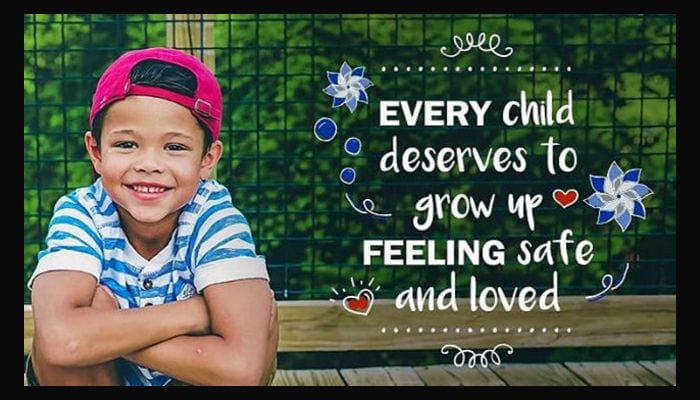By Michele Daniels, MSN, RN, Nurse Manager, Pediatric Emergency Department, and Tammy Rush, MSN, EMT, Pediatric Trauma Registrar, Department of Pediatric Trauma, Brenner Children’s Hospital
If only one child is abused, that is one child too many. But we are dealing with a far greater challenge than just one child. In the United States, child abuse is so serious that homicide is one of the top three leading causes of death in children ages 1 to 4. Child abuse is also an alarming problem in our own community and region—and it’s on the rise. In just one year, our trauma region saw the percentage of child abuse cases, or “nonaccidental traumas” more than double.
As a level 1 pediatric trauma center, our emergency department at Brenner Children’s Hospital has witnessed this uptick firsthand. For the first six months of our 2016 fiscal year, 8.9 percent of our pediatric trauma admissions were due to nonaccidental traumas. In the first six months of fiscal year 2017, the percentage was an even more alarming 19.8 percent. Unfortunately, there also seems to be increased severity in the injuries of abused children.
There are many possible factors contributing to the increase in child abuse cases. These can include polysubstance abuse, domestic violence, multiple caregivers in the home (particularly nonbiological adults) and at-risk caregivers, which can include those who are younger or are facing socio-economic challenges. Of course, it cannot be expressed emphatically enough that there is no reason or excuse for anyone to abuse a child!
There are resources in the community to assist families who may be facing difficulties, but those resources can’t prevent mean people from doing mean things. That’s why it’s important for everyone to be educated on child abuse. Parents must learn to be cautious when putting their children into the care of other adults, and they should be educated on potential dangers. In addition, the general public should be educated on the signs of child abuse so that they might intervene to report child abuse and help prevent further abuse.
The cases of child abuse we see in the emergency department are most likely to be physical (including sexual and medical abuse) but child abuse can be emotional or psychological as well. It’s also important to note that neglect is a form of child abuse. Child Welfare Data in 2015 reported that 73 percent of child deaths resulted from neglect. All children are special and should be treated as such. They all have the right to a safe place to live, basic physical care and food to eat.
You will never expose child abuse unless you first suspect it, and you will never suspect it if you aren’t aware of the signs—so familiarize yourself with the general warning signs of abuse and neglect:
~ Injuries that are suspicious
~ Injuries that are inconsistent with explanations
~ Injury explanations that are inconsistent with the child’s level of development
~ Injury explanations that change or evolve
~ Bruising behind the ears
~ Bruising of the inner thighs in nonmobile children
~ Multiple bruises that are in various stages of healing
~ Delays in seeking medical care for injuries
~ Malnourishment
~ Very poor hygiene
It is also important to observe the behavior of parents and caregivers. Are they appropriate and affectionate toward their children? Or do they tend to behave inappropriately or seem distracted or altered by substances to the point of being unaware of their children?
If you suspect a child is being abused, there are many ways to report it. If a child is in school, they can be encouraged to report their concerns to a teacher or school administrator. Most importantly, however, you should contact a local law enforcement agency regarding your concerns.
The most important thing you can do is speak up. If you are suspicious of abuse, don’t wait for someone else to report your concerns. Child abuse is a hard subject to discuss, and no one wants to think anyone would harm a child. But unfortunately, child abuse happens every day. And since children often cannot speak up for themselves, they need us to be aware and take action.
To further educate yourself on child abuse, visit nationalchildrensalliance.org or preventchildabusenc.org. You can help educate others by sharing this post on social media.
Want to see more blogs like this and get notifications on local events and happenings? Subscribe to our free weekly newsletters here.

















Thank you for shedding some light on this all too important topic.
Such an important topic. Thank you for sharing the facts on this today and helping us all realize it isn’t just happening “somewhere else.”